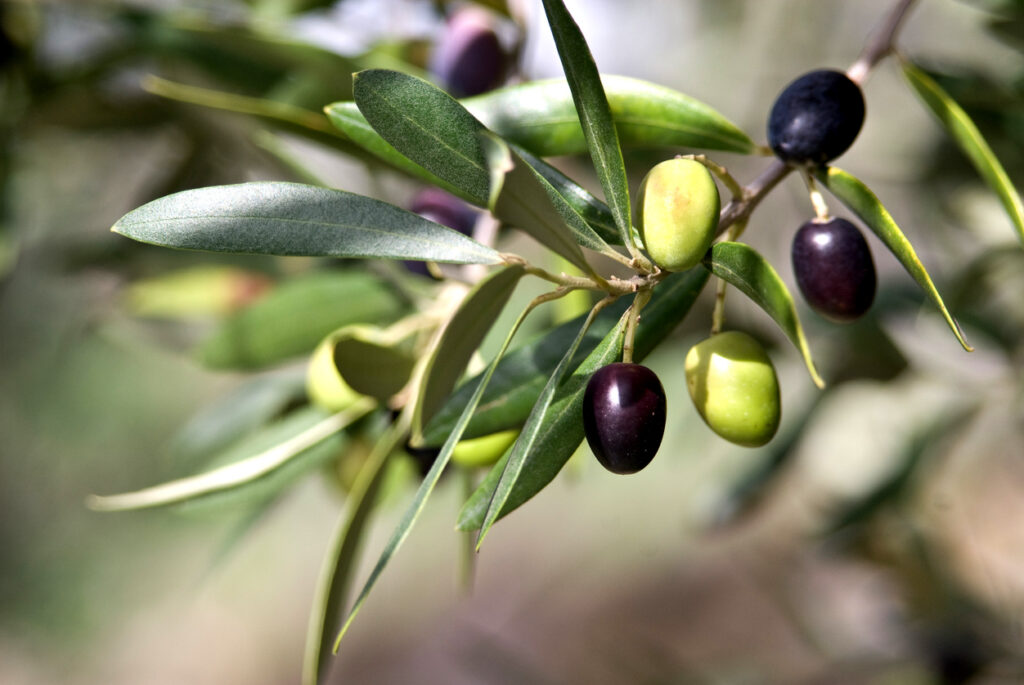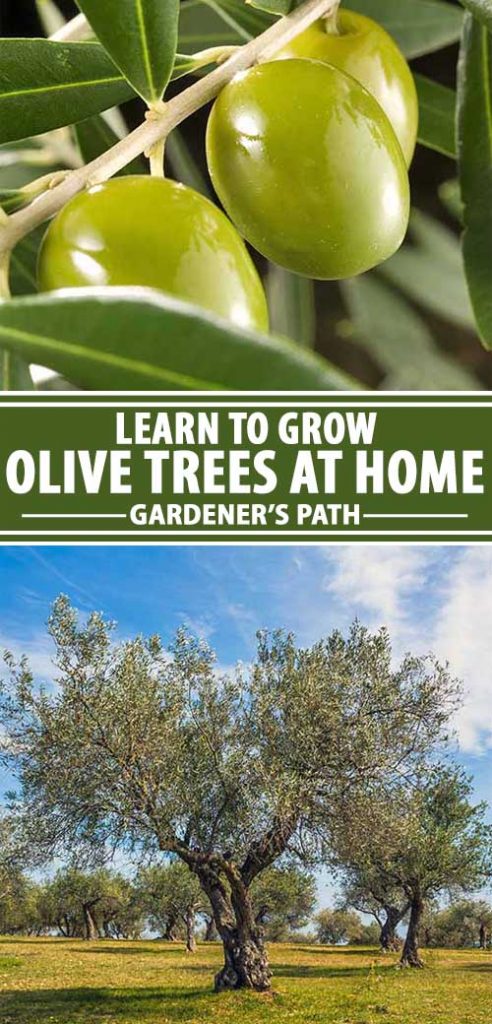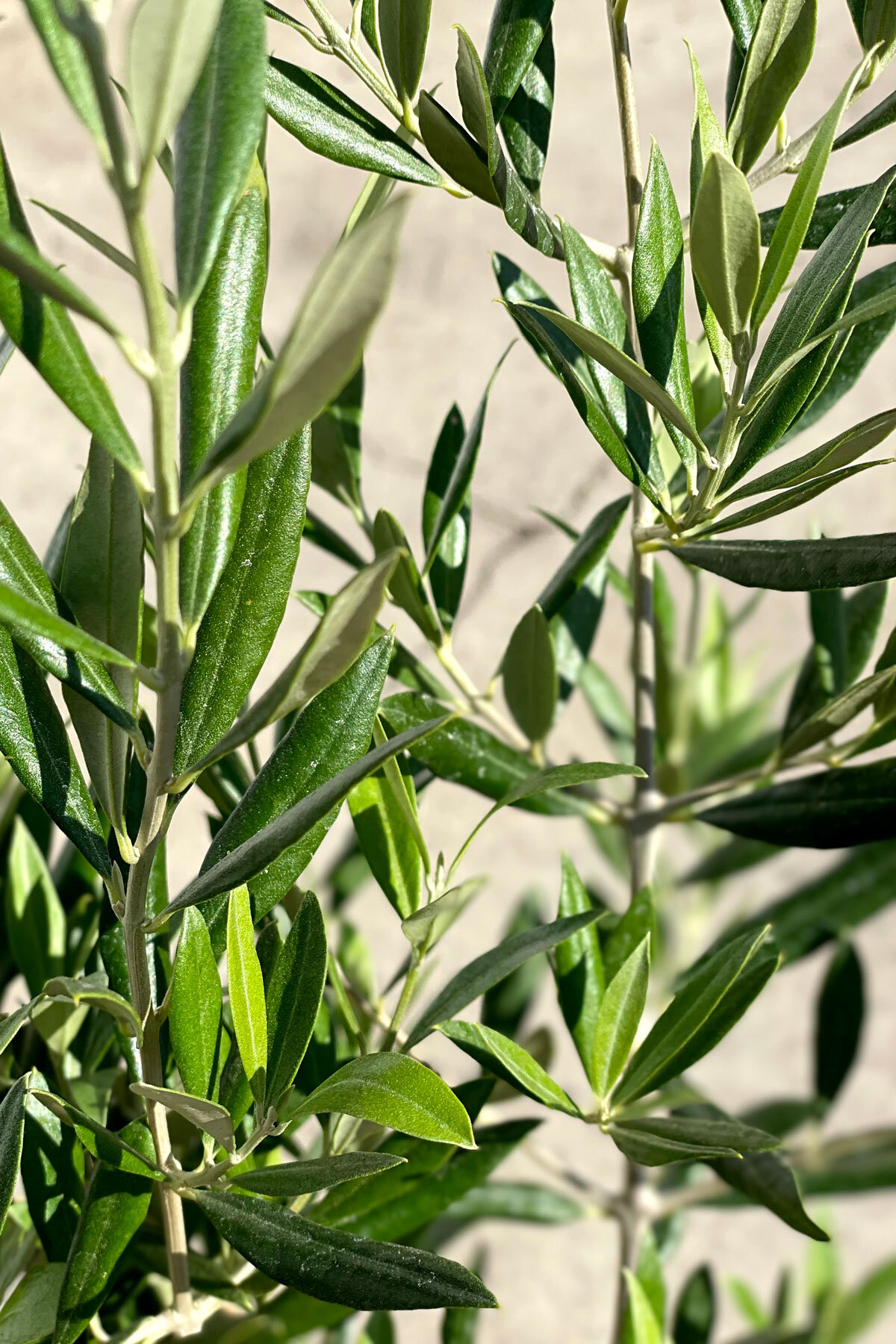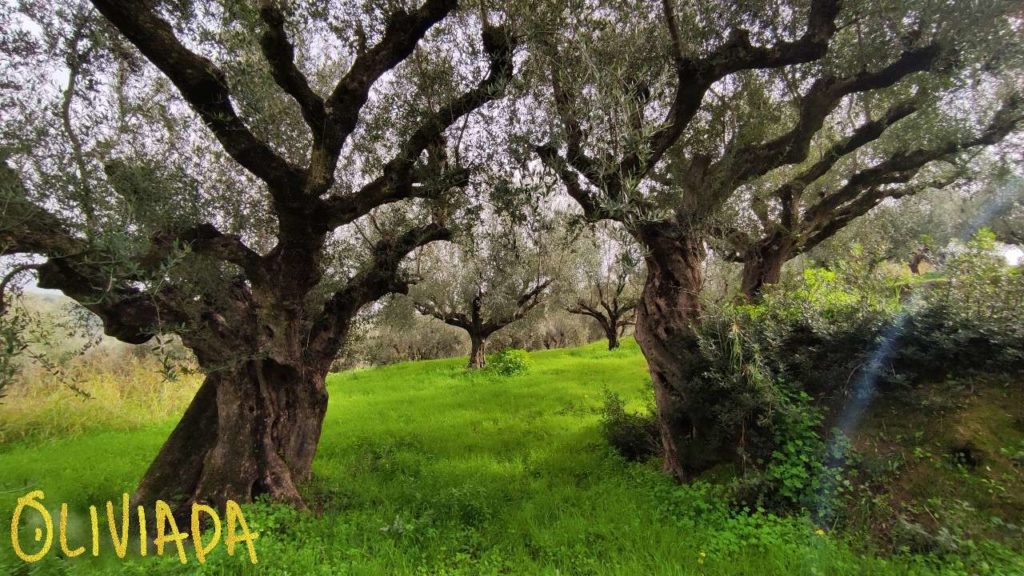Discovering the Timeless Appeal of Olive Trees
Olive trees have been a symbol of longevity and wisdom for thousands of years, with a rich history that spans across the Mediterranean region. These incredible trees have been a part of human culture for so long that it’s difficult to imagine a world without them. But have you ever wondered, how old can olive trees get? The answer is remarkable, with some trees estimated to be over 2,000 years old. Understanding the age of olive trees can provide valuable insights into their remarkable endurance and ability to thrive in challenging environments.
One of the reasons why olive trees are able to live for so long is due to their unique characteristics. They are able to regenerate new growth from old wood, allowing them to repair damaged tissues and maintain their vitality. This process, combined with their ability to adapt to different environmental conditions, has enabled olive trees to thrive in a wide range of ecosystems.
Despite their remarkable longevity, olive trees are not invincible. They can be affected by various factors such as disease, pests, and environmental stressors. However, with proper care and management, olive trees can continue to thrive for centuries. In fact, many olive trees are still producing fruit after 1,000 years, making them a valuable resource for food and oil production.
The cultural significance of olive trees cannot be overstated. They have been a part of human history for so long that they have become an integral part of our identity. From ancient Greece to modern-day Italy, olive trees have played a vital role in shaping our cuisine, art, and literature. They are a symbol of peace, prosperity, and good fortune, and continue to inspire artists, writers, and musicians to this day.
By understanding the age of olive trees, we can gain a deeper appreciation for these incredible organisms and the important role they play in our lives. Whether you’re a historian, a scientist, or simply someone who appreciates the beauty of nature, olive trees are sure to captivate and inspire. So, how old can olive trees get? The answer is a testament to their incredible resilience and adaptability, and a reminder of the importance of preserving these incredible trees for future generations.
How to Determine the Age of an Olive Tree
Determining the age of an olive tree can be a challenging task, but it’s essential to understand the tree’s history and development. By estimating the age of an olive tree, you can gain insights into its growth patterns, productivity, and potential lifespan. So, how old can olive trees get? The answer lies in the tree’s physical characteristics and growth patterns.
One of the most common methods for estimating the age of an olive tree is by measuring its trunk circumference. This method is based on the principle that the trunk of an olive tree grows at a relatively constant rate over time. By measuring the circumference of the trunk, you can estimate the tree’s age based on its growth rate. For example, a tree with a trunk circumference of 1 meter may be around 100 years old, while a tree with a trunk circumference of 2 meters may be around 200 years old.
Another method for estimating the age of an olive tree is by examining its growth rings. Olive trees, like other trees, grow in rings, with each ring representing one year of growth. By counting the number of growth rings, you can estimate the tree’s age. However, this method can be challenging, as olive trees often have irregular growth patterns and may not produce distinct growth rings every year.
Assessing the tree’s size and shape can also provide clues about its age. Olive trees tend to grow in a specific pattern, with the trunk growing taller and wider over time. By measuring the tree’s height, trunk diameter, and canopy size, you can estimate its age based on its growth patterns.
It’s worth noting that estimating the age of an olive tree is not an exact science, and different methods may produce different results. However, by combining multiple methods and considering the tree’s physical characteristics and growth patterns, you can make an informed estimate of its age.
Understanding the age of an olive tree can provide valuable insights into its history, development, and potential lifespan. By using these methods, you can gain a deeper appreciation for these incredible trees and their importance in our lives.
The Factors that Influence an Olive Tree’s Lifespan
Olive trees are known for their remarkable longevity, with some trees estimated to be over 2,000 years old. However, their lifespan can be influenced by various factors, including climate, soil quality, pruning practices, and disease management. Understanding these factors can help us appreciate the complexity of olive tree care and the importance of proper management techniques.
Climate is one of the most significant factors that can impact an olive tree’s lifespan. Olive trees prefer a Mediterranean climate with mild winters and hot summers. However, extreme temperatures, drought, and excessive rainfall can all negatively impact the tree’s health and longevity. For example, a prolonged drought can cause an olive tree to become stressed, making it more susceptible to disease and pests.
Soil quality is another critical factor that can influence an olive tree’s lifespan. Olive trees prefer well-draining soil with a pH between 6.5 and 8.5. Poor soil quality can lead to nutrient deficiencies, which can negatively impact the tree’s growth and productivity. Additionally, soil-borne diseases can also affect the tree’s health and longevity.
Pruning practices are also essential for maintaining the health and longevity of olive trees. Pruning helps to promote healthy growth, increase fruit production, and prevent disease. However, improper pruning techniques can cause damage to the tree, leading to reduced productivity and a shorter lifespan.
Disease management is also crucial for maintaining the health and longevity of olive trees. Olive trees are susceptible to various diseases, including root rot, leaf spot, and olive knot. Regular monitoring and management of these diseases can help to prevent their spread and promote the overall health of the tree.
By understanding the factors that influence an olive tree’s lifespan, we can take steps to promote their health and longevity. This includes providing optimal growing conditions, practicing proper pruning techniques, and managing diseases effectively. By doing so, we can help to ensure that these incredible trees continue to thrive for generations to come.
So, how old can olive trees get? The answer depends on various factors, including climate, soil quality, pruning practices, and disease management. By understanding these factors and taking steps to promote the health and longevity of olive trees, we can help to ensure that these incredible trees continue to thrive for centuries to come.
Meet the Oldest Olive Trees in the World
While it’s difficult to determine the exact age of an olive tree, some trees are known to be thousands of years old. These ancient trees have seen the rise and fall of civilizations, and have been a part of human history for centuries. In this section, we’ll showcase some of the oldest known olive trees in the world, highlighting their remarkable ages and the secrets to their longevity.
One of the oldest known olive trees is the Olive Tree of Vouves, located in Greece. This tree is estimated to be over 3,000 years old, making it one of the oldest living things on Earth. The tree is still producing olives, and is considered a national treasure in Greece.
Another ancient olive tree is the Angel Tree, located in Italy. This tree is estimated to be over 2,000 years old, and is considered one of the oldest olive trees in the world. The tree is still producing olives, and is a popular tourist destination in Italy.
These ancient olive trees are a testament to the remarkable longevity of these incredible trees. By understanding the secrets to their longevity, we can gain insights into how to care for our own olive trees, and ensure that they continue to thrive for generations to come.
So, how old can olive trees get? The answer is remarkable, with some trees estimated to be thousands of years old. By learning from these ancient trees, we can gain a deeper appreciation for the importance of proper care and management, and ensure that our own olive trees continue to thrive for centuries to come.
In addition to their remarkable age, these ancient olive trees also hold significant cultural and historical value. They have been a part of human history for centuries, and have played a significant role in shaping the cuisine, art, and literature of the Mediterranean region.
By preserving these ancient olive trees, we can ensure that their legacy continues to inspire future generations. Whether you’re a history buff, a foodie, or simply someone who appreciates the beauty of nature, these ancient olive trees are a must-see destination.
What Can We Learn from the Longevity of Olive Trees?
The remarkable longevity of olive trees offers valuable lessons for us to learn from. By studying these incredible trees, we can gain insights into the importance of patience, resilience, and sustainable practices. These lessons can be applied to our own lives and environments, helping us to cultivate a deeper appreciation for the natural world and our place within it.
One of the most significant lessons we can learn from olive trees is the importance of patience. These trees can live for thousands of years, and their growth is often slow and deliberate. This teaches us the value of slowing down and taking a long-term view, rather than rushing to achieve quick results. By adopting a more patient approach, we can cultivate a greater sense of calm and contentment in our lives.
Another lesson we can learn from olive trees is the importance of resilience. These trees have adapted to thrive in a wide range of environments, from the hot and dry Mediterranean climate to the cooler and more temperate climates of Europe. This teaches us the value of being flexible and adaptable, and of being able to thrive in the face of adversity. By cultivating resilience, we can better navigate the challenges of life and emerge stronger and more resilient as a result.
The longevity of olive trees also teaches us the importance of sustainable practices. These trees have been a part of human culture for thousands of years, and have been cultivated and cared for in a way that is sustainable and environmentally friendly. This teaches us the value of living in harmony with the natural world, and of adopting practices that promote the health and well-being of the planet. By adopting sustainable practices, we can help to ensure a healthy and thriving planet for future generations.
So, how old can olive trees get? The answer is remarkable, with some trees estimated to be thousands of years old. By learning from these incredible trees, we can gain a deeper appreciation for the importance of patience, resilience, and sustainable practices. These lessons can be applied to our own lives and environments, helping us to cultivate a greater sense of calm, contentment, and connection to the natural world.
By embracing the wisdom of olive trees, we can cultivate a more mindful and sustainable approach to life. We can learn to appreciate the beauty and wonder of the natural world, and to adopt practices that promote the health and well-being of the planet. By doing so, we can help to ensure a bright and sustainable future for generations to come.
How to Care for Your Olive Tree to Ensure a Long and Healthy Life
Caring for an olive tree requires attention to detail and a commitment to regular maintenance. By following a few simple tips and techniques, you can help ensure that your olive tree lives a long and healthy life. So, how old can olive trees get? With proper care, some olive trees have been known to live for thousands of years.
Pruning is an essential part of olive tree care. Pruning helps to promote healthy growth, increase fruit production, and prevent disease. It’s best to prune your olive tree in the late winter or early spring, when the tree is dormant. Remove any dead or damaged branches, and shape the tree to maintain its desired form.
Watering is also crucial for olive tree care. Olive trees prefer well-draining soil and should be watered regularly, especially during the first year after planting. However, be careful not to overwater, as this can lead to root rot and other problems. Aim to provide about 1 inch of water per week, either through rainfall or irrigation.
Fertilization is another important aspect of olive tree care. Olive trees benefit from regular fertilization, especially during the growing season. Use a balanced fertilizer that contains nitrogen, phosphorus, and potassium, and follow the instructions on the label for application rates.
Monitoring for pests and diseases is also essential for olive tree care. Regularly inspect your tree for signs of pests or diseases, such as aphids, whiteflies, or root rot. Take action quickly if you notice any problems, as this can help prevent the spread of disease and minimize damage to the tree.
By following these simple tips and techniques, you can help ensure that your olive tree lives a long and healthy life. With proper care, olive trees can thrive for centuries, providing a bountiful harvest of delicious olives and a beautiful landscape feature for your home or garden.
Remember, caring for an olive tree is a long-term commitment. By investing time and effort into your tree’s care, you can enjoy the many benefits of olive tree ownership for years to come. So, how old can olive trees get? With proper care, the answer is thousands of years.
The Economic and Environmental Benefits of Long-Lived Olive Trees
Long-lived olive trees not only hold cultural and historical significance, but they also provide numerous economic and environmental benefits. These benefits are a testament to the importance of preserving and caring for these incredible trees. As olive trees can live for hundreds, even thousands, of years, they play a vital role in supporting local economies and ecosystems.
One of the primary economic benefits of long-lived olive trees is their ability to produce high-quality olive oil for centuries. This sustainable source of income supports local communities and contributes to the preservation of traditional farming practices. In fact, many olive farms and producers rely on the longevity of their trees to maintain a consistent and profitable business model. By caring for their trees and adopting sustainable practices, farmers can ensure a steady supply of olive oil, which in turn supports the local economy.
In addition to their economic benefits, long-lived olive trees also provide numerous environmental benefits. These trees act as a natural carbon sink, absorbing carbon dioxide from the atmosphere and storing it in their trunks, branches, and roots. This process helps to mitigate the effects of climate change and supports biodiversity. Furthermore, olive trees require minimal watering and fertilization, making them a more sustainable crop compared to other tree species.
The preservation of long-lived olive trees also supports ecosystem services, such as pollination, pest control, and soil conservation. These trees provide a habitat for various species of birds, insects, and microorganisms, which in turn support the overall health of the ecosystem. By preserving these trees, we can maintain the delicate balance of the ecosystem and ensure the long-term health of the environment.
As we strive to understand how old can olive trees get, we must also recognize the importance of preserving these incredible trees for future generations. By adopting sustainable practices and caring for our olive trees, we can ensure their continued health and longevity, which in turn supports the economic and environmental benefits they provide.
Conclusion: The Enduring Legacy of Olive Trees
In conclusion, the ancient wisdom of olive trees offers a wealth of knowledge and insights into the secrets of longevity and endurance. By understanding the age of olive trees and the factors that influence their lifespan, we can gain a deeper appreciation for these incredible trees and the importance of preserving them for future generations.
As we reflect on the lessons that can be learned from the remarkable longevity of olive trees, we are reminded of the importance of patience, resilience, and sustainable practices. These lessons can be applied to our own lives and environments, inspiring us to adopt a more mindful and sustainable approach to living.
The economic and environmental benefits of long-lived olive trees are a testament to the significance of these trees as a symbol of longevity and wisdom. By preserving and caring for our olive trees, we can ensure their continued health and longevity, which in turn supports the economic and environmental benefits they provide.
As we continue to explore the mysteries of olive trees and the secrets to their remarkable endurance, we are reminded of the importance of respecting and appreciating these incredible trees. Whether you are an olive tree enthusiast, a farmer, or simply someone who appreciates the beauty of nature, the enduring legacy of olive trees is sure to inspire and captivate.
So, the next time you wonder how old can olive trees get, remember the incredible stories and secrets that these trees hold. Let us continue to cherish and preserve these natural wonders, and let their enduring legacy inspire us to live in harmony with the natural world.








